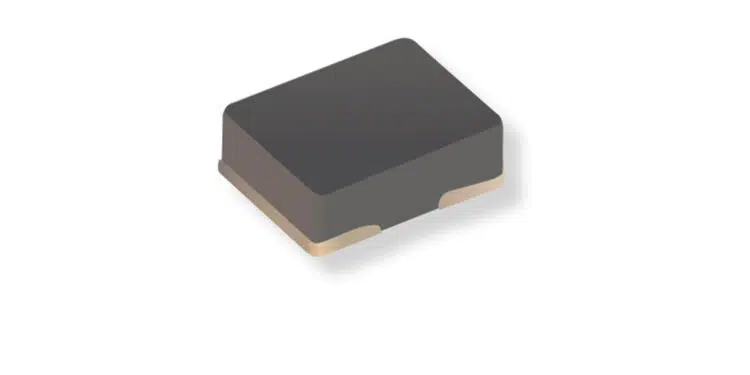Bourns Magnetics Product Line is introducing the all new model SRP3212 series mini-molding high current shielded power inductor in a compact size and low profile of 3.2 x 2.5 x1 mm.
These inductors are manufactured by a newly developed molding process with metal alloy powder cores featuring high saturation currents, high heating currents and shielded construction for low magnetic field radiation.
The flat wire construction helps reduce DCR significantly compared to other similar sized devices that use conventional wire, making these new series of inductors highly efficient.
The Model SRP3212 inductor series has an operating temperature range of -40 to +125 °C.
The small footprint and low profile features of these inductors make them a good choice for applications in wearable devices, HDDs, SSDs, smartphones and LCD displays.
Features
- Compact size
- Shielded construction
- Low radiation
- High current
- Low DCR
- RoHS compliant and halogen free
Applications
- DC-DC converters in consumer, industrial, and telecom electronics
- Wearable devices
- HDDs, SSDs
- Smartphones
- LCD displays
Typical Characteristics:

































